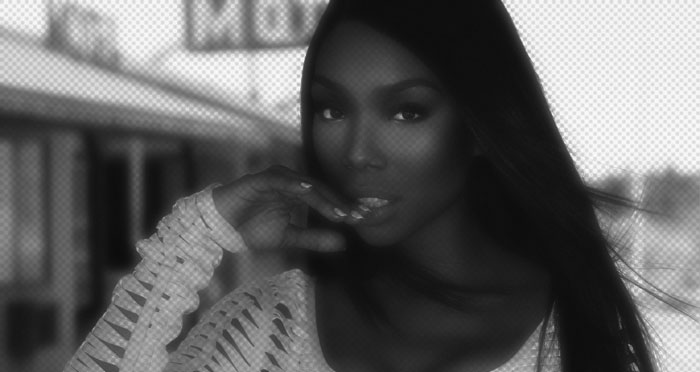Vocal Type: Lyric Tenor
Tessitura: 2 Octaves (F3-F5)
Vocal Range: 3 Octaves 5 Notes and a semitone (F2-D#6)
Whistle Register: No
Vocal Pluses: Stevie Wonder's lower register is light in weight with a color that is nasal, which makes his lower register sound somewhat thin. It extends down to D2 with a vocal fry extension but he can hit an F2 with his modal voice. As a result, the F2 is much more healthy in its quality. Wonder exhibits a slightly smoky texture as he extends up to around the E3 mark, but his resonance is lost below G3. Overall, his lower register is achieved using decent technique.
His mid voice, spanning from G3-E4, showcases his nasal tone better. His voice is light in weight but somewhat thick in tone- most likely due to the nasal placement. In this register Wonder has plenty of freedom and agility. His falsetto, for a man breaks late at around E4 (2 notes shy that of a typical tenor) which places him in the realm of the highest tenors. Overall, this area is achieved using brilliant technique, via mixing or high nasal placement.
His belting register is the strongest and most impressive part of the range. Extending from E4 to an impressive A#5 (though the video claims a C#6 which is ridiculous) this is where his tone really shines. His E4 to B4 sounds light and thick with a slightly velvety texture, but as he hits the C5, his voice becomes brighter with mezzo-soprano like weight. His elasticity is uncanny for a male; being able to complete complex and quick vocal runs with ease. Wonder accesses these high belts with one of the most developed mix voices of all time. His technique in this area is generally phenomenal.
He generally exhibits a mix between head voice and falsetto called falsettone. It extends up to D#6, however it sounds at its most healthy at G#5. The sound itself is thick, lacking in defined resonance (though it is there as he transitions between falsettone and head voice, quite a bit above G#5) and sounds akin to a bugle in color. Any note above G#5 is not sung with the best musicianship and his technique in this register is not great.
Vocal Negatives: The head voice also needs to be improved on to strengthen its tone and connect it better to the lower range. The nasal quality of the voice is also not to everyone's taste.





















